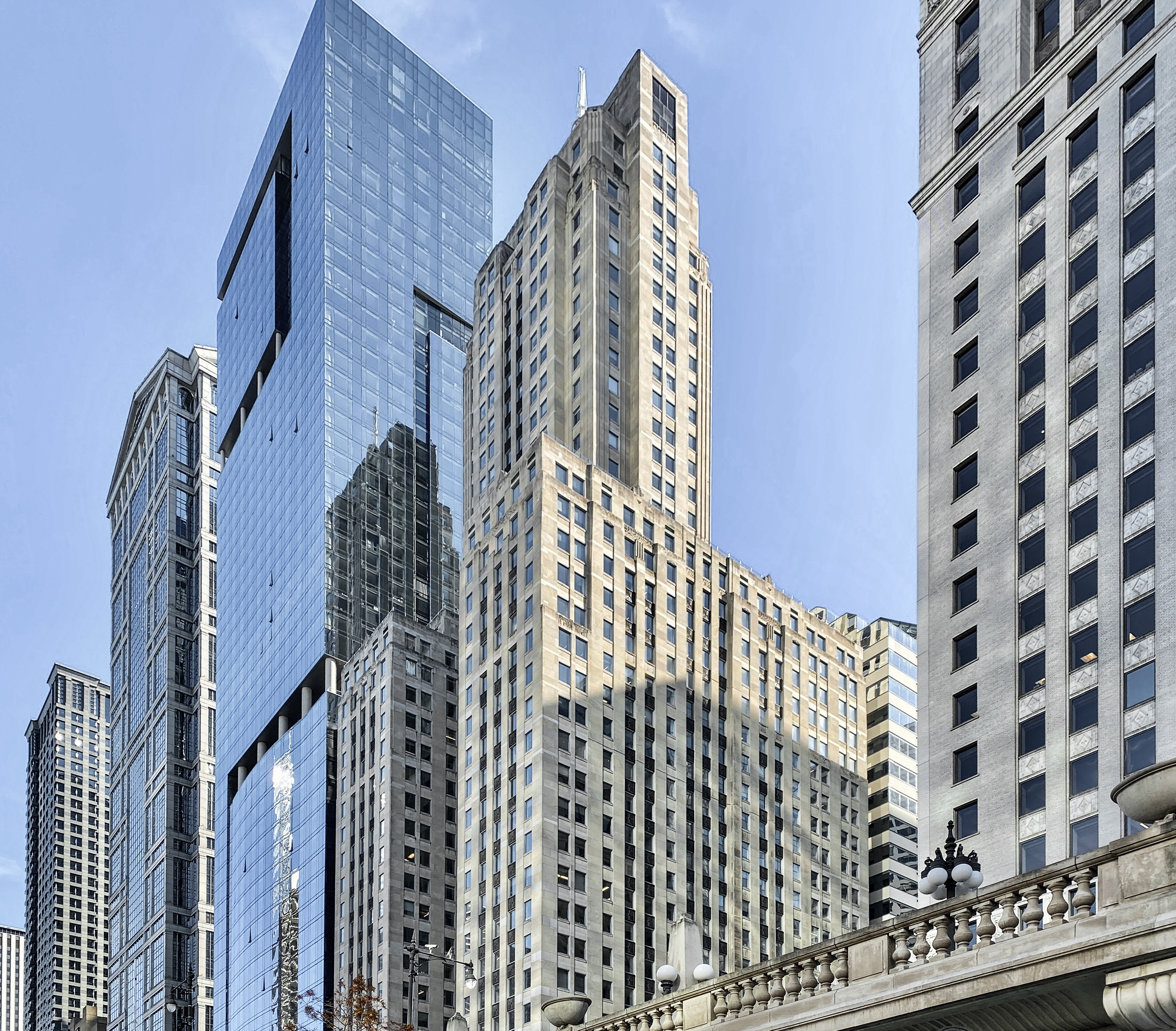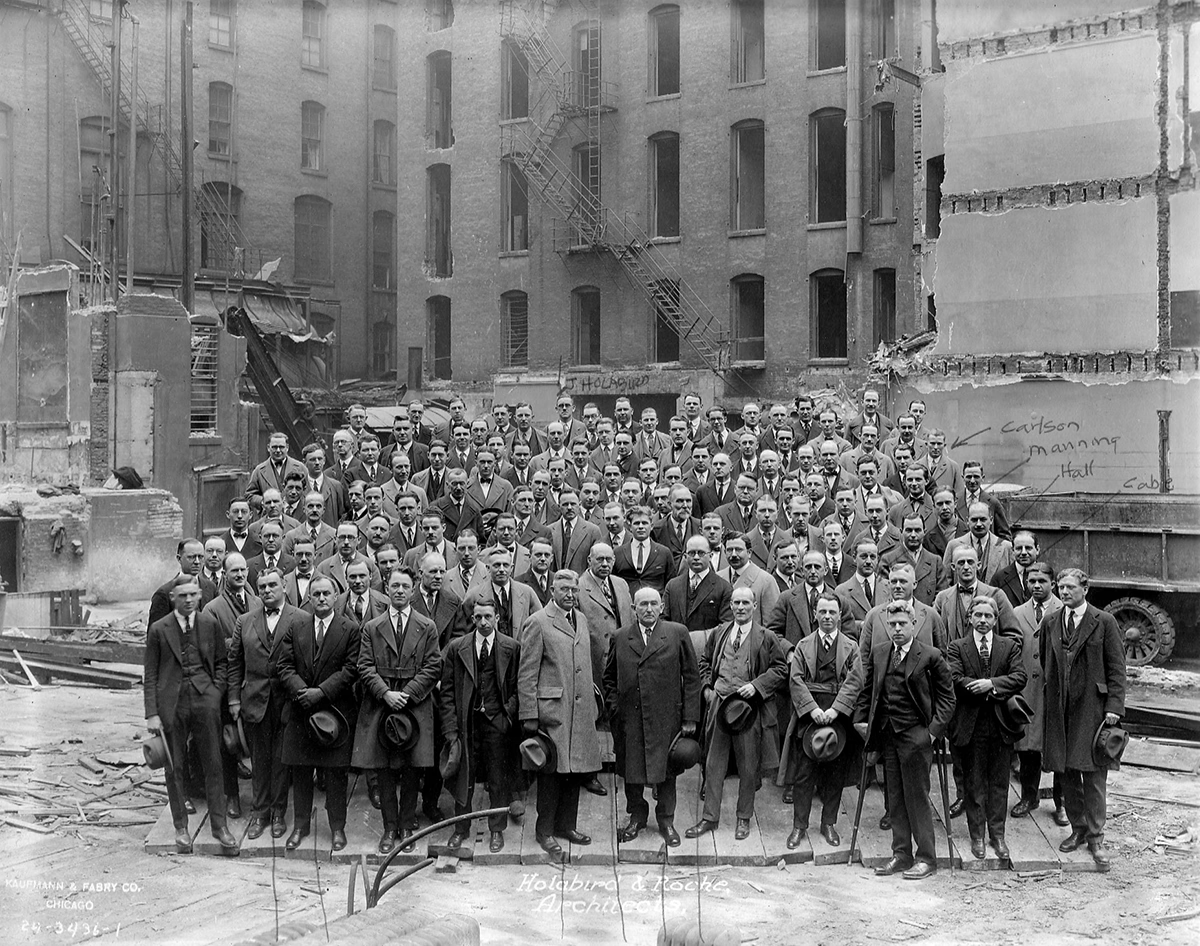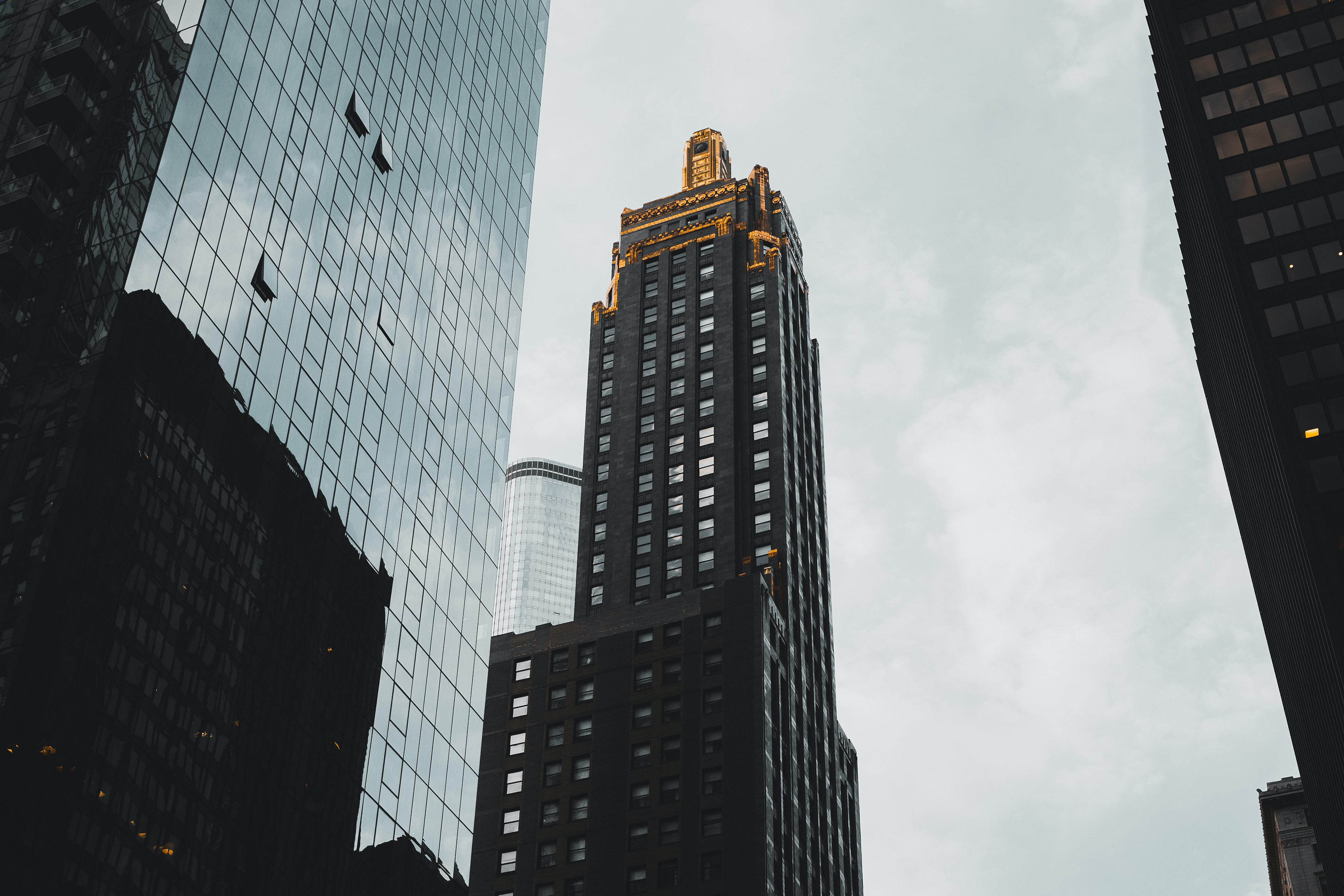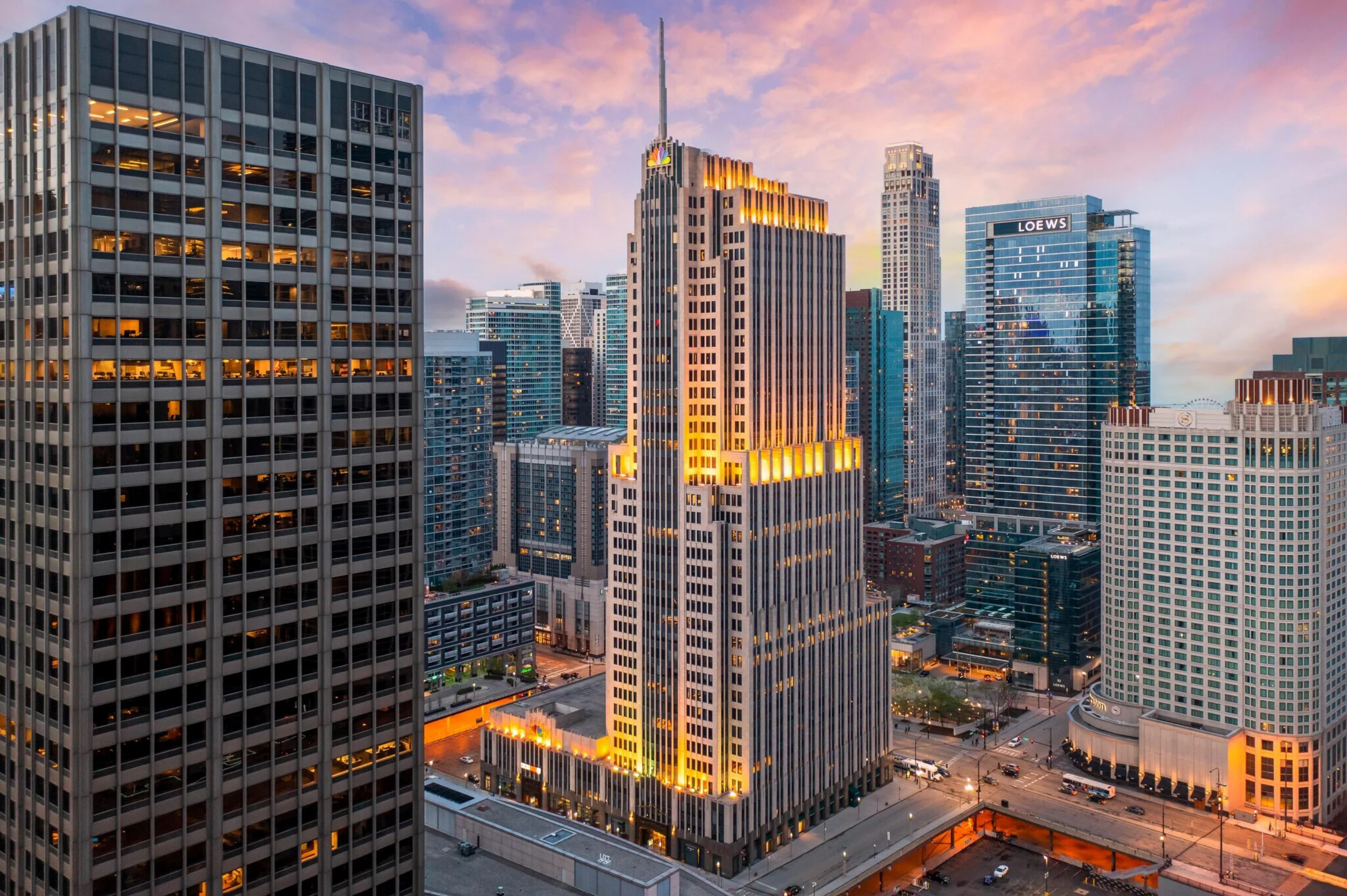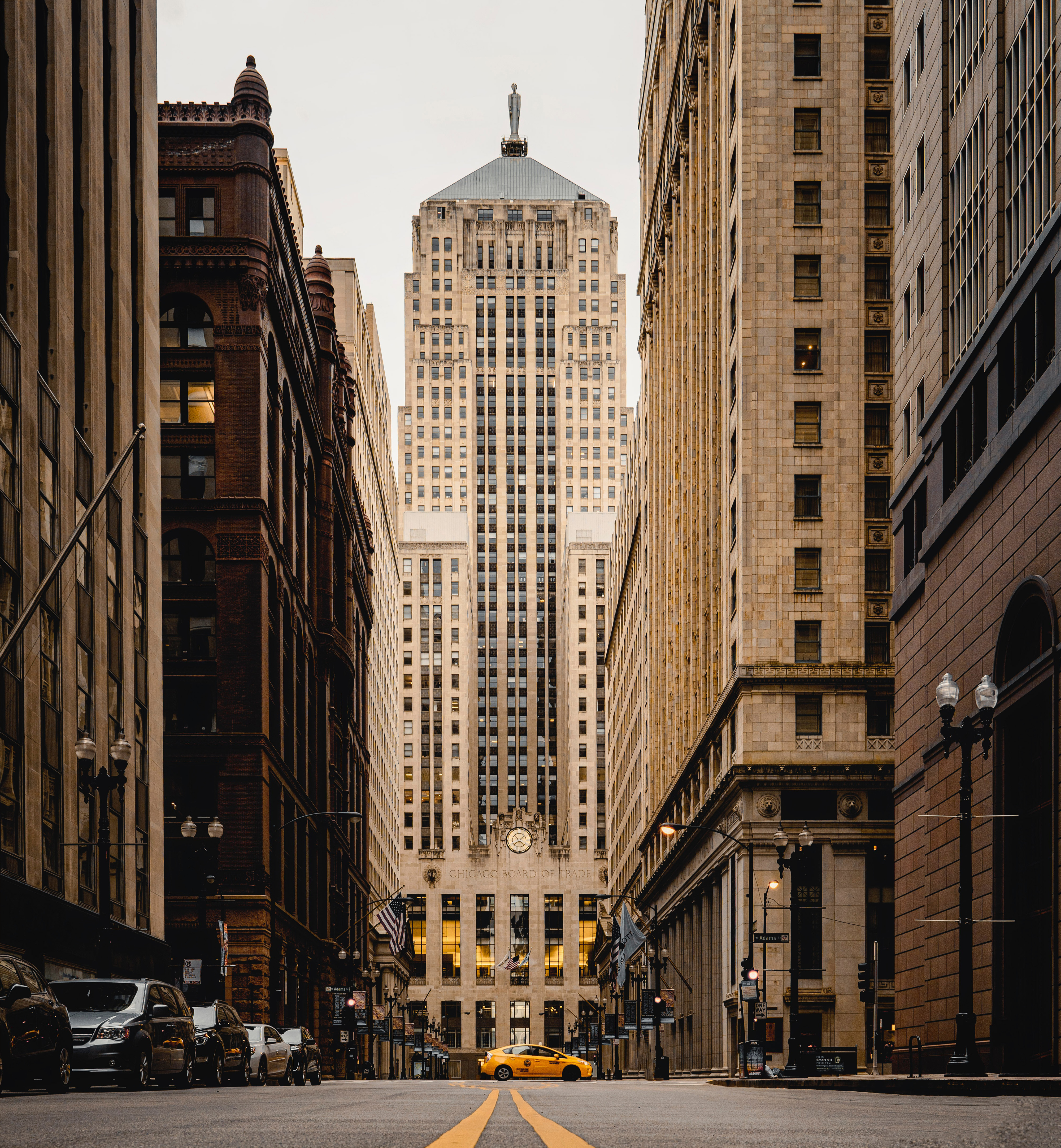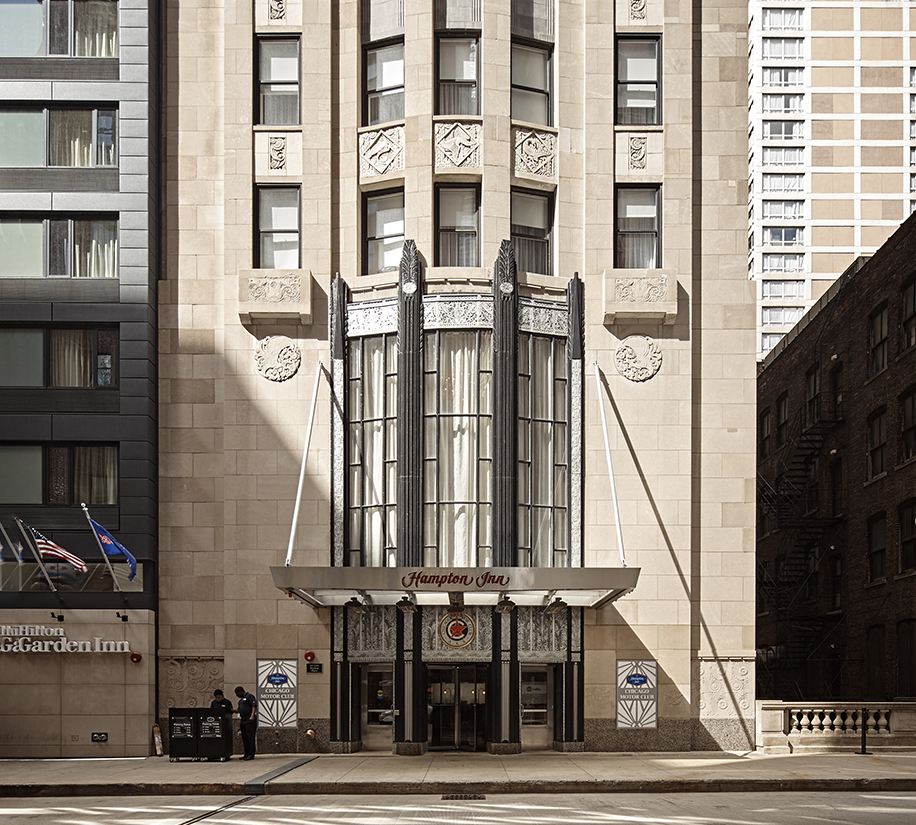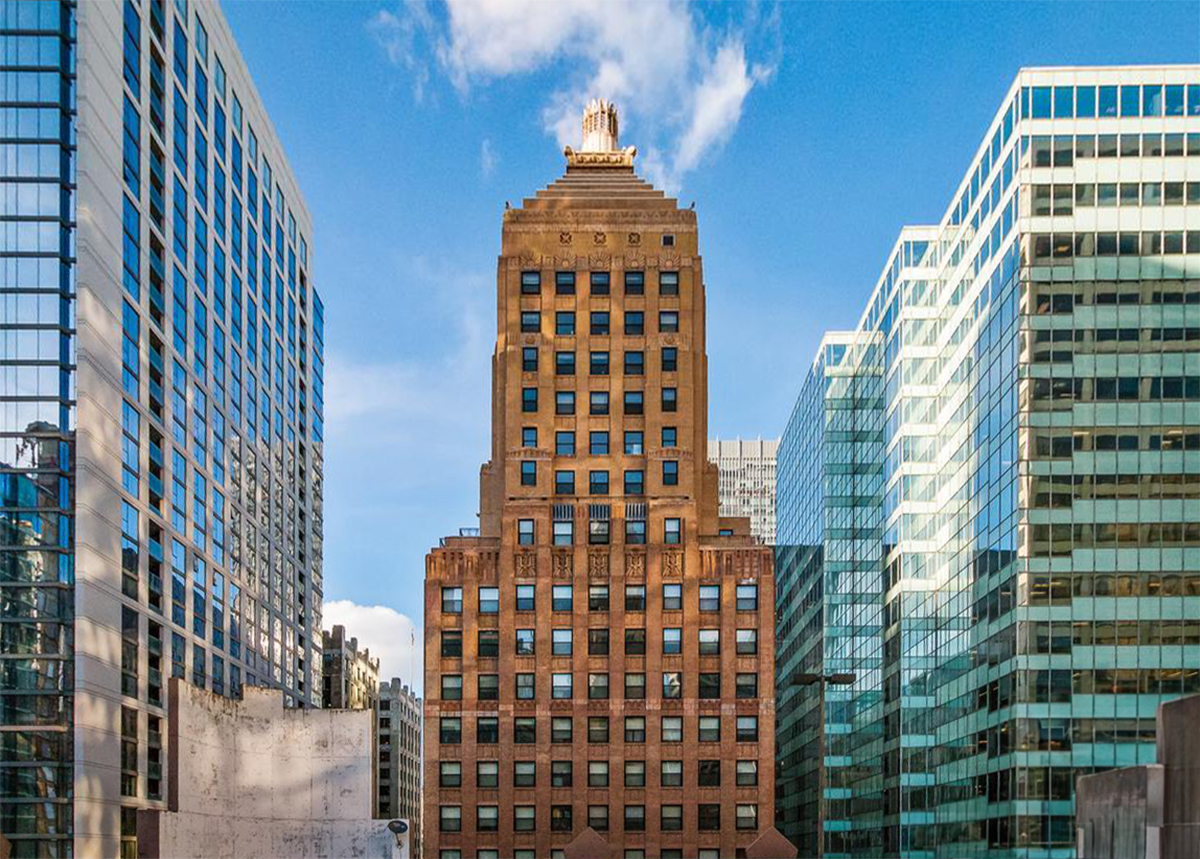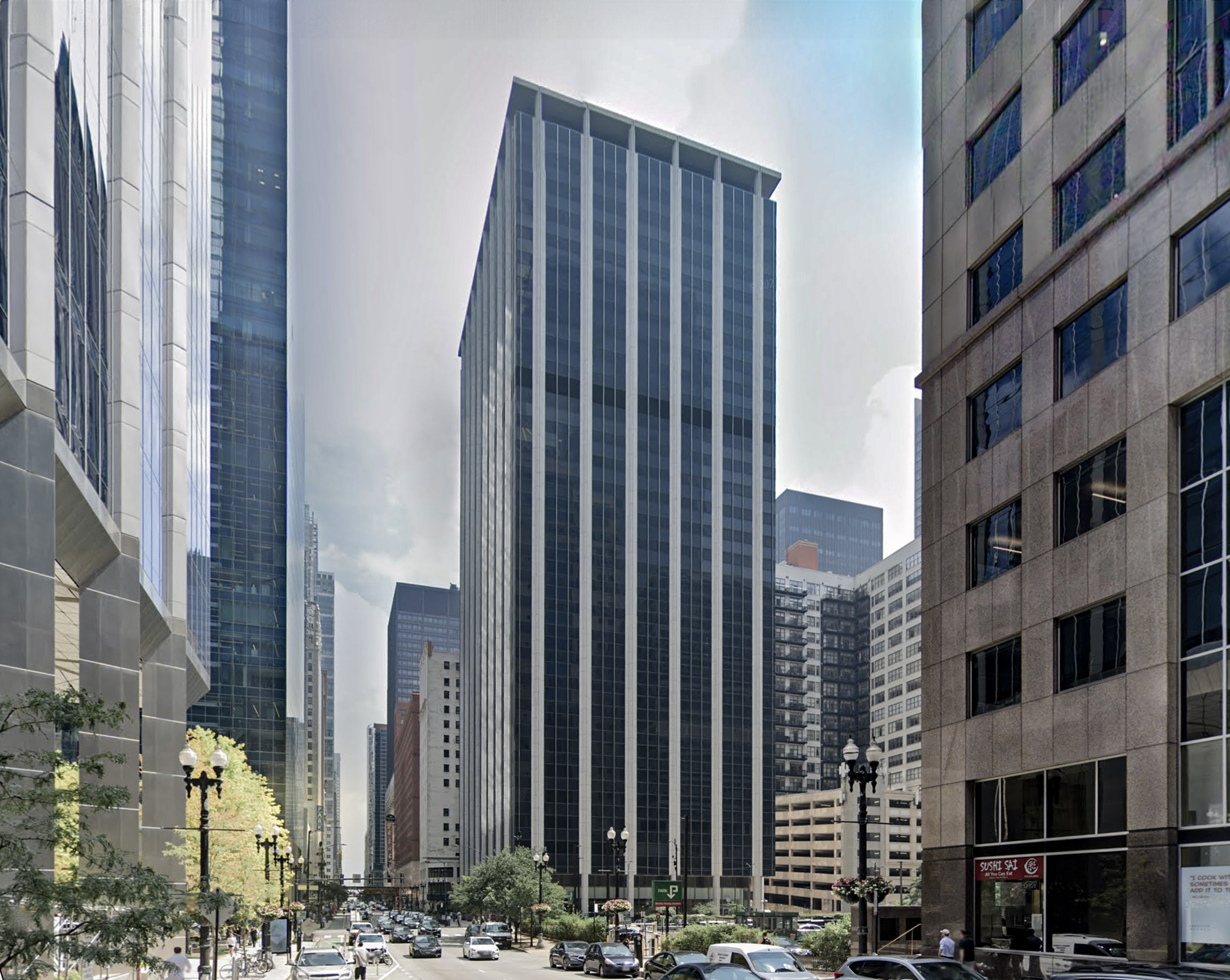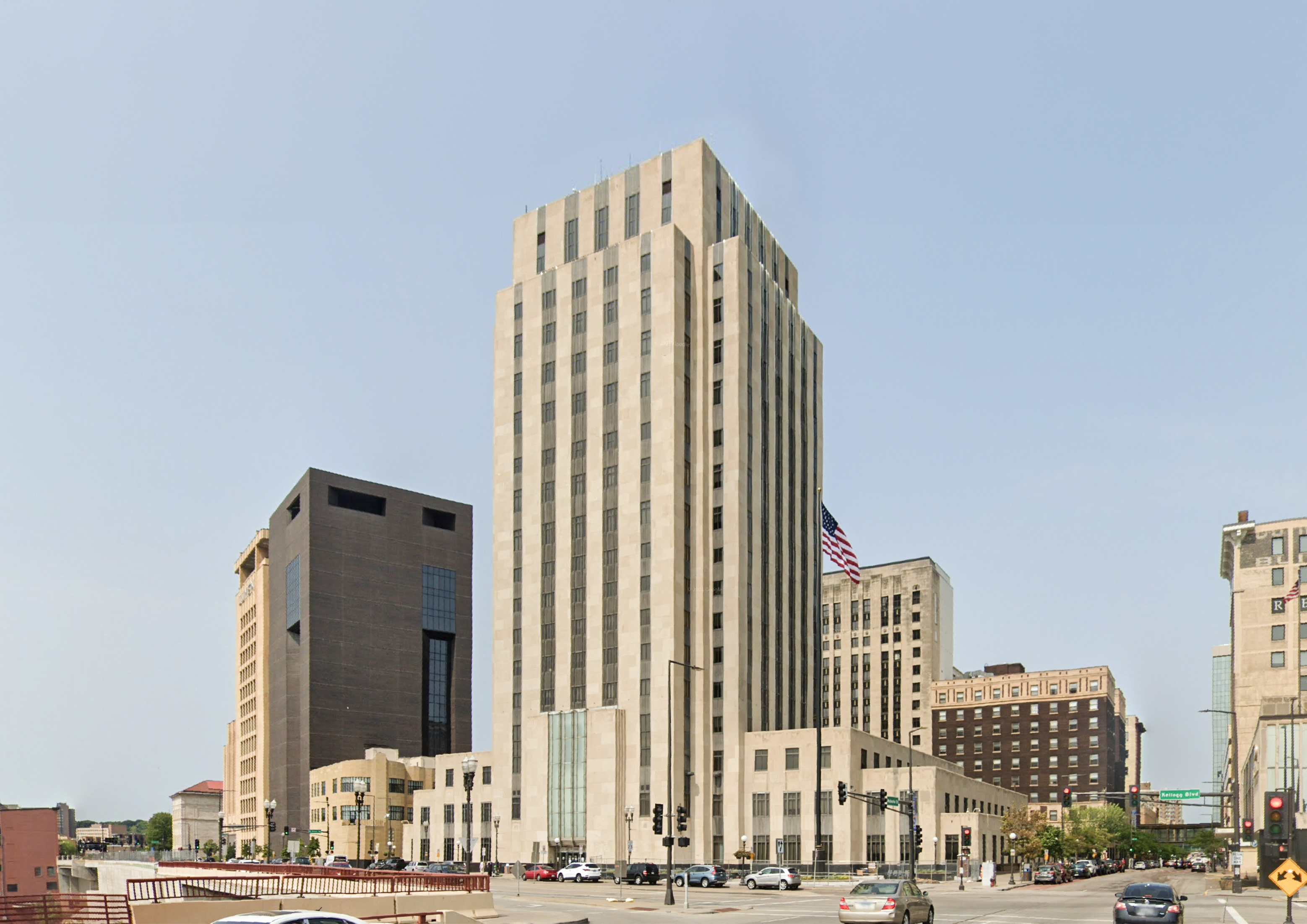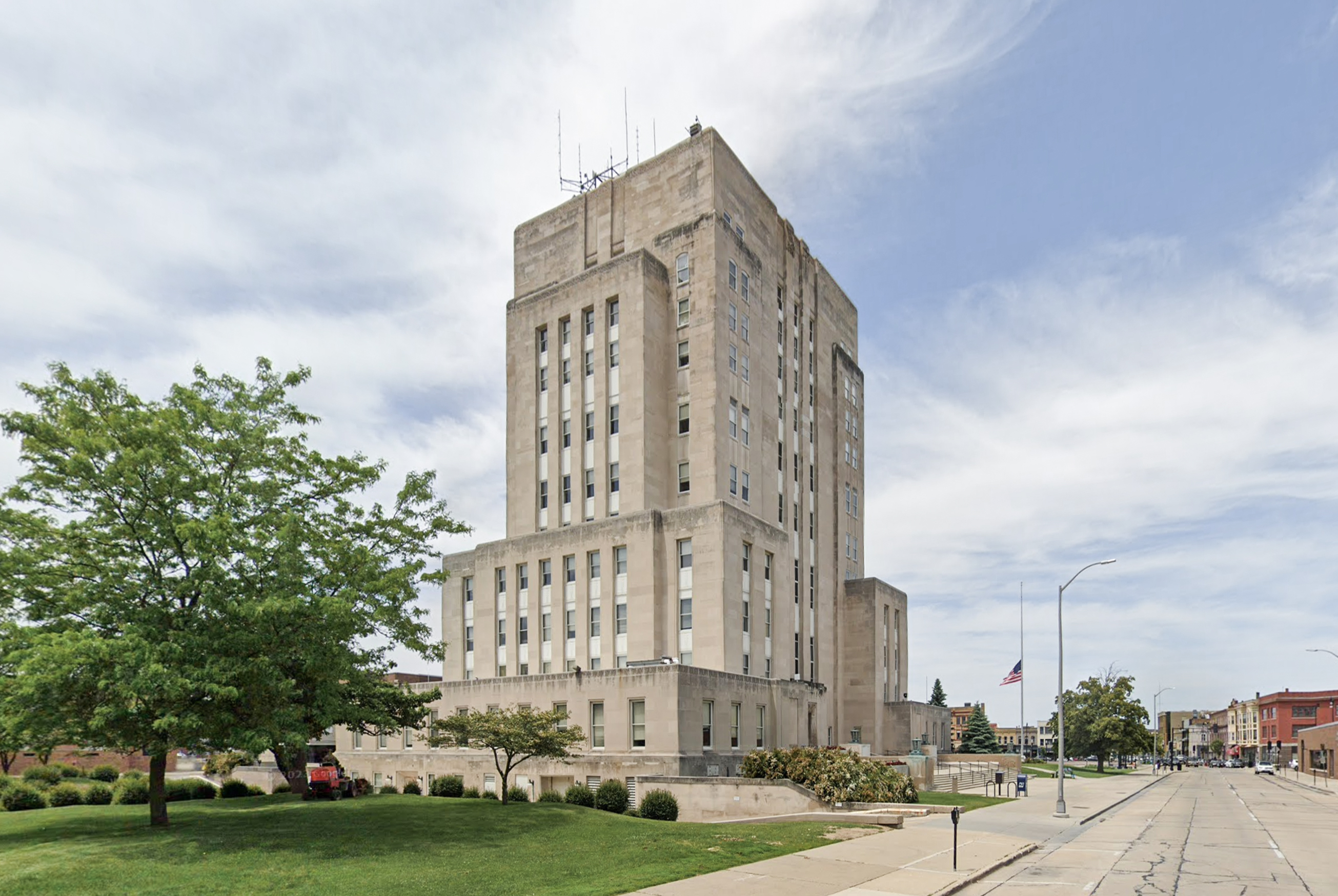The LaSalle-Wacker Building is an Art-deco skyscraper designed by Holabird & Root, and built between 1929 and 1930 in Chicago, IL.
LaSalle-Wacker Building is not the only name you might know this building by though. The building is, or has also been known as 121 West Wacker Drive.
Its precise street address is 221 LaSalle Street, Chicago, IL. You can also find it on the map here.
The building has been restored 2 times over the years to ensure its conservation and adaptation to the pass of time. The main restoration works happened in 1998 and 2005.
